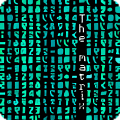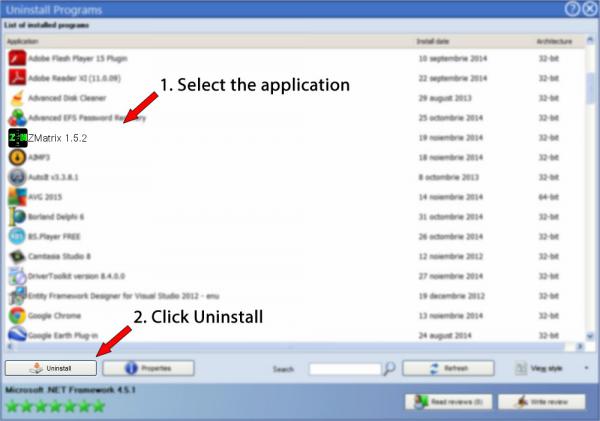

Schematic of Common Water Treatment Technologies Introduction Kalju Kahn, Department of Chemistry and Biochemistry, UC Santa Barbara.This information may be reproduced without restriction as long as the source attribution is included. If you have installed a molecular mechanics program such as TINKER, you may be able to perform a molecular mechanics minimization from within MOLDEN. You can close the Z-matrix editor and write the structure out in a common file format such as PDB, MOL2, or MOL. For example, you save the coordinates as Z-matrix input file for quantum chemistry programs such as Gaussian or GAMESS. You can do several things with the structure you have created. Notice how the new atoms appear in the Z-matrix editor and in the MOLDEN graphical window. Use Substitute Atom by Fragment function to replace one of the CH 2 hydrogens in ethanol with the methyl group.

For highly symmetric molecules, or with molecules with linear groups (such as acetonitrile) use of dummy atoms to define the position of first few real atoms.However, dihedral angles can have any value between -360 and +360. All bond angles should be less than 180 degrees.For example, to draw the gauche form of ethanol, you may change the dihedral angle for the OH hydrogen (the HO-CC torsion) to 60 degrees. You may adjust bond lengths and bond angles to reflect the local geometry of the molecule.When replacing an atom with fragment, click on the atom to be replaced, then select the fragment.When adding a new atom, click on the atom it is connected to, then on the atom it makes an angle with, then on the atom it forms dihedral angle with.You may occasionally need to use Reorder Z-matrix to achieve desired symmetry or when needing to delete atoms that are used to define position of other atoms. The Substitute Atom by Fragment allows replacement of atoms with common functional groups. The command Add Line adds a new atom in the molecule and creates a new line in the Z-matrix.The few rules that you should keep in mind when working with Z-matrixes are: The Zmatrix editor in Molden is pretty simple to learn.

You can measure arbitrary distances easily using the Distance tool in the Molden Control panel. Now click on the bond distances fields in the Z-Matrix editor and notice how the two connected atoms are highlighted. It also works in reverse: clicking on an atom in the 3D structure will highlight this atom in the Z-matrix. Inspect the Z-Matrix by clicking on each atom and observe how the selected atom is highlighted in the graphical window. Answer Yes if prompted to create a new Z-matrix. Hit the ZMAT Editor button to open the Z-Matrix editor. Turn on StickColor and try if the molecule looks better with Shade on or off. Two windows, the graphical area and the Molden Control appear. Start MOLDEN by typing molden ethanol.pdb into Unix shell or clicking on its launcher icon. MOLDEN's Z-matrix editor is explained in more detail at. In the Z-matrix notation, the atoms in the molecule are defined by bond a length to one of the preceding atoms, by a bond angle made to two preceding atoms and by a dihedral angle made to three preceding atoms. MOLDEN allows building molecules using the connectivity description known as the Z-matrix.
#Zmatrix water download
You may download the PDB file with the structure of ethanol here.

#Zmatrix water how to
The tutorial below shows how to create structure of isopropanol starting with a structure of ethanol. MOLDEN can build molecules from scratch or modify existing molecules. Building Molecules with MOLDEN Building Molecules with MOLDEN


 0 kommentar(er)
0 kommentar(er)
